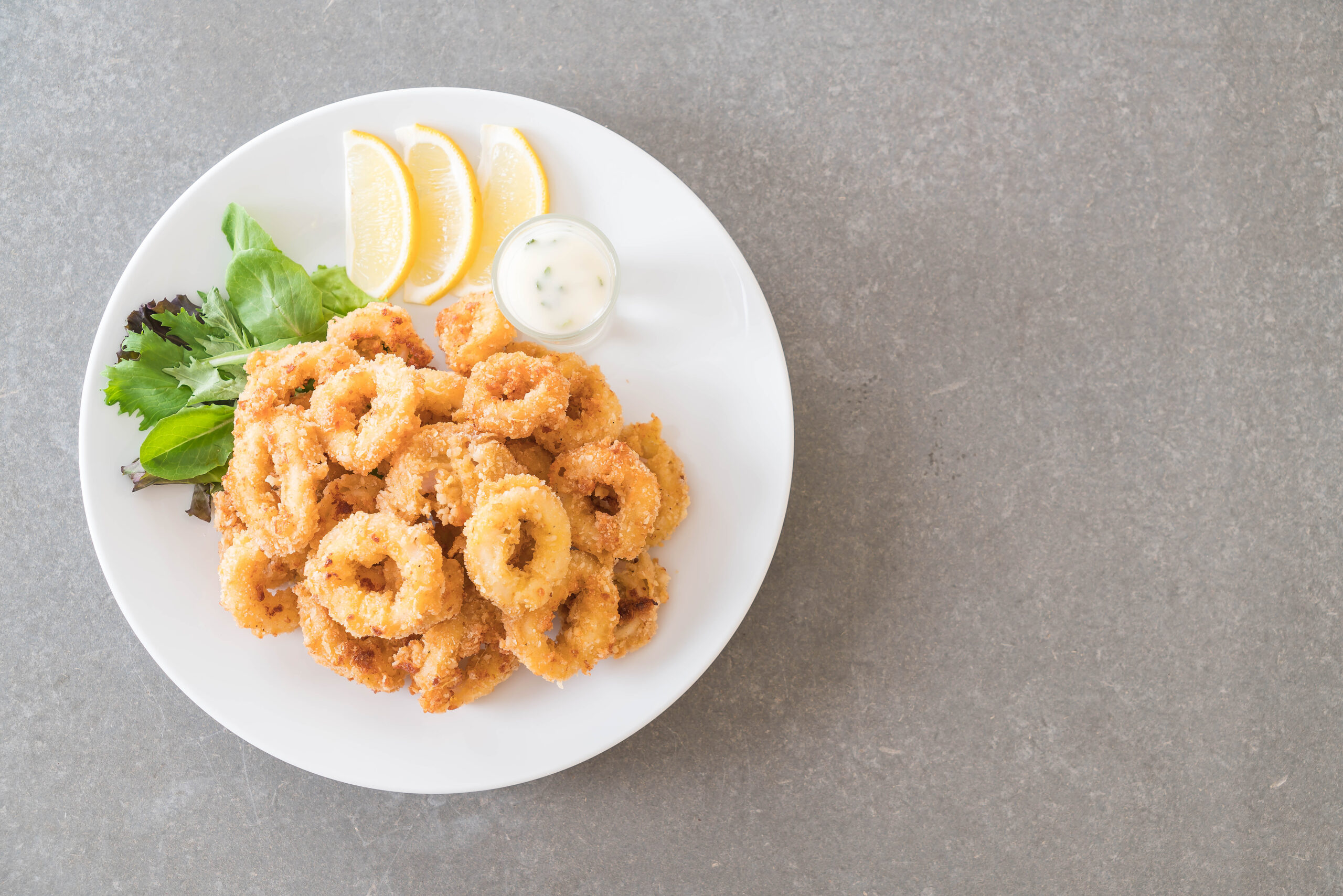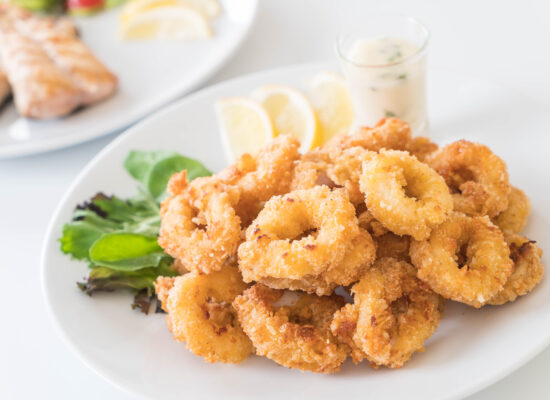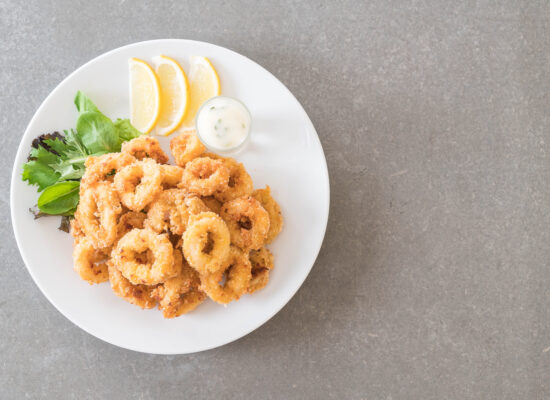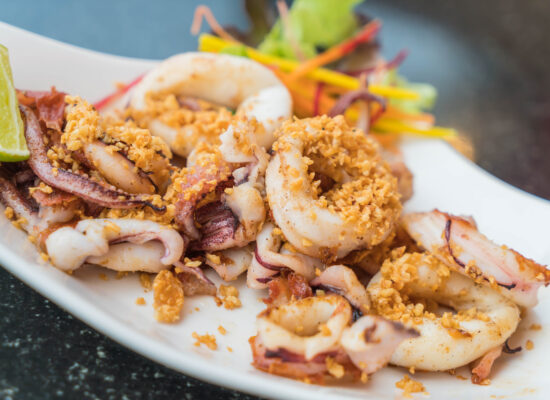Fish cake is a beloved seafood dish enjoyed across various cultures. This versatile dish can be served as an appetizer, main course, or even a snack, making it a great option for any meal. Whether you’re a fan of traditional fish cakes or looking to experiment with new flavors, this dish is both easy to make and customizable. In this blog, we’ll explore everything you need to know about fish cakes, their nutritional benefits, different preparation methods, and how to incorporate them into your everyday meals.
Why Choose Fish Cakes?
Fish cakes are a perfect way to enjoy seafood while also using fresh or leftover fish. They are flavorful, packed with protein, and can be seasoned in various ways to suit your taste. Fish cakes are a staple in many cuisines, from British and Korean to Japanese and Thai. These cakes are typically made by combining fish with other ingredients like potatoes, breadcrumbs, or vegetables and then shaping them into patties.
Health Benefits of Fish Cakes
- High in Protein: Since they are made primarily with fish, fish cakes are an excellent source of lean protein, helping in muscle repair and growth.
- Low in Calories: Depending on how they’re prepared, fish cakes can be a low-calorie meal option, especially when baked or grilled rather than fried.
- Rich in Omega-3 Fatty Acids: Like many other types of seafood, fish used in fish cakes, such as salmon or cod, contains omega-3 fatty acids, which are beneficial for heart health and cognitive function.
- Nutrient-Packed: In addition to being rich in protein and omega-3s, fish cakes provide essential vitamins like vitamin D and minerals like phosphorus, contributing to bone health and immune function. You can learn more about the health benefits of fish in marine biology and fish.
How to Prepare Fish Cakes
One of the great things about fish cakes is their versatility. You can use fresh, frozen, or even canned fish, depending on your preference. Here’s how you can make delicious fish cakes at home:
1. Classic Fish Cake Recipe
A traditional fish cake recipe typically combines cooked fish with mashed potatoes, herbs, and spices. Here’s how to make it:
Ingredients:
- 2 cups of cooked white fish (cod, haddock, or pollock)
- 1 ½ cups of mashed potatoes
- 1 egg
- 1 tablespoon of fresh parsley, chopped
- Salt and pepper to taste
- ½ cup breadcrumbs
- Olive oil for frying
Instructions:
- Flake the cooked fish into small pieces and mix with the mashed potatoes.
- Add the egg, parsley, salt, and pepper. Mix until well combined.
- Shape the mixture into small patties.
- Roll the patties in breadcrumbs, ensuring they are evenly coated.
- Heat olive oil in a pan and fry the fish cakes until golden brown, about 3-4 minutes on each side.
2. Asian-Inspired Fish Cakes
For an exciting twist, try making fish cakes with Asian flavors, such as ginger, soy sauce, and chili. These pair wonderfully with a dipping sauce and can be served with rice or noodles.
Ingredients:
- 2 cups of cooked fish (such as salmon or tilapia)
- 1 ½ cups of mashed sweet potatoes
- 1 tablespoon of grated ginger
- 1 clove of garlic, minced
- 1 tablespoon soy sauce
- 1 red chili, finely chopped
- 2 green onions, finely chopped
- 1 egg
- ½ cup panko breadcrumbs
- Sesame oil for frying
Instructions:
- Flake the fish into small pieces and mix with mashed sweet potatoes, ginger, garlic, soy sauce, chili, and green onions.
- Add the egg and stir until the mixture holds together.
- Shape into small patties and coat with panko breadcrumbs.
- Heat sesame oil in a pan and fry the fish cakes until crispy on both sides.
Fish Cakes: A Sustainable Seafood Choice
Sustainability is a major consideration when choosing seafood, and fish cakes are no exception. You can make eco-friendly choices by selecting sustainably sourced fish, ensuring that you’re contributing to the health of our oceans. Look for certifications such as the Marine Stewardship Council (MSC) label to identify sustainable fish options. By choosing responsibly caught fish, you’re not only enjoying a delicious meal but also supporting sustainable fishing practices. Learn more about sustainable seafood practices at sustainability.
Tips for Buying and Storing Fish for Fish Cakes
When it comes to making the perfect fish cakes, the quality of your fish matters. Follow these tips for selecting and storing fish:
- Fresh Fish: Choose fish with firm flesh and a fresh, ocean-like smell. Avoid fish with a strong fishy odor.
- Frozen Fish: If fresh fish is not available, frozen fish is a great option. Just make sure to thaw it properly in the fridge before use.
- Canned Fish: Canned fish such as tuna or salmon can be a quick and convenient choice for making fish cakes. Opt for fish packed in water or olive oil for the best results.
- Storing Fish: Keep fish refrigerated and use it within one to two days for the freshest seafood cakes. If using frozen fish, thaw it in the fridge overnight before cooking.
Serving Ideas for Fish Cakes
Fish cakes are incredibly versatile and can be served in various ways. Here are some ideas to inspire you:
- Appetizer: Serve smaller, bite-sized fish cakes with a dipping sauce, such as tartar sauce, sweet chili, or garlic aioli, as a tasty starter for any meal.
- Main Course: Pair larger fish cakes with a fresh salad, roasted vegetables, or rice for a complete and satisfying meal.
- Taco Filling: For a fun twist, use fish cakes as a filling in tacos. Add fresh salsa, avocado, and lime for a delicious seafood taco.
Whether you’re new to cooking seafood or a seasoned pro, fish cakes are a fantastic option for any meal. Packed with nutrients and easy to customize with different flavors and ingredients, fish cakes can elevate your seafood dining experience. They are also a sustainable seafood choice, making them good for you and the planet. Next time you’re looking for a delicious and nutritious meal, try whipping up a batch of fish cakes at home!










